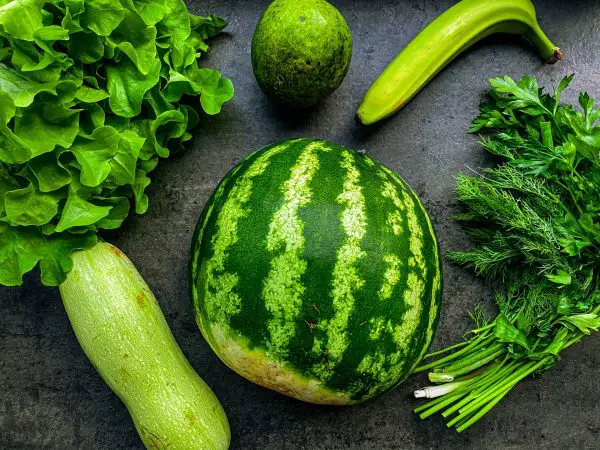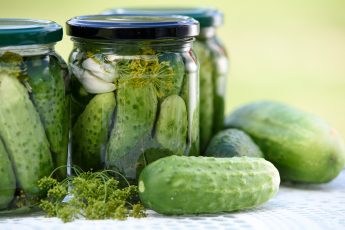If you need to be on a special diet ordered by your care provider because of a condition you have, you will want to follow that. Your doctor would have referred you to a medical dietician to guide you on foods to eat.
However, you may want to look at sources you find online and then discuss them with your dietician or doctor.
If you have kidney ailments, for example, you need to follow a low phosphorus diet.
Phosphorus is an essential mineral you need to help keep your bones strong, but you want to eat lower of the mineral if you have kidney, bone, or cardiovascular ailments. You may end up with worsened illnesses otherwise as the mineral will aggravate kidney disease progression, for example.
Too much phosphorus can cause your bones to become brittle and weak. How much phosphorus should you take if you have a condition that causes you to limit your intake?
Let’s find out.
How Much Phosphorus Do You Need In A Day?
Healthy adults over the age of 18 require anywhere between 800 mg and 1,200 mg of phosphorous daily, and pregnant women need closer to 1,200 mg each day. However, if you have a kidney disorder, a cardiovascular ailment, or a bone condition, you will need to take fewer than 800 mg of phosphorous per day.
That may seem not easy since there are too many foods that are high in minerals.
However, the good news is that there are plenty of vegetables that contain low levels of phosphorus. That gives patients who require low levels of daily mineral options. So let’s now talk about low in phosphorous vegetables to know which ones you can enjoy for snacks and meals.
There are different types of fruits and vegetables, find out about them in detail HERE.
Low Phosphorus Vegetables List
 Iceberg Lettuce
Iceberg Lettuce
Iceberg lettuce may seem like a vegetable that has very few nutrients. However, that is not true even though it is mostly water content. Iceberg lettuce has only 10.4 mg of phosphorus per cup, and that means it is a good snack if you want to eat something crunchy.
However, it may not be overly exciting by itself. That means you will want to dip each lettuce piece into a dip that also has low mineral levels. You can also use salad dressings that are low in phosphorous to make your lettuce more exciting.
Leeks
Another low-phosphorous vegetable is leeks, and they only contain 21.1 mg of phosphorus for 100 grams. You can cook them and make a great vegetable side dish if you are eating a protein or put leeks in your pasta. If you decide not to cook leeks, their phosphorus content is somewhat lower as it is only 17 mg of the mineral per 100 grams serving.
Low Sodium Sweet Pickles
If you are in the mood for sweet pickles, you are in luck, as a tiny pickle is only 0.7 mg of phosphorus. Unfortunately, you must get the low sodium option and too much sodium, which would not suit you if you have a condition that requires you to limit your phosphorous intake.
However, the good news is that you can enjoy a handful of these sweet pickles as snacks, or you can add them to your dinner plate.
Dill Pickles
Dill pickles are another option as you can have a slice of one in a sandwich if you like, as a tiny spear is only 5.6 mg of phosphorous. So you can see that pickles are a good option, in general, if you have to keep your mineral intake to a minimum.
So you can have a few slices of dill pickles that will be perfectly safe and acceptable.
Spring Onions
Have you wondered if eating spring onions is a good idea? Your dietician may have told you they were safe to eat. That is because one medium-size spring onion is only 5.6 mg of phosphorus. Therefore you can cut one or two up and then toss them into your salad with the right type of dressing.
You can enjoy a salad with spring onions before your meal.
Enoki Mushrooms
You can take one giant Enoki mushroom and chop it up and toss it into your salad with your lettuce and spring onion slices cut up. That is because one giant Enoki mushroom is only 5.3 mg of phosphorous. You can also enjoy it as a snack on its own as long as you have the correct type of dressing.
It is also safe to eat the following: they are low in phosphorous but somewhat higher than the vegetables listed above. Just ensure that you check with a dietician on the serving sizes of these vegetables that are appropriate:
- Celery
- Swiss chard
- Radicchio
- Eggplant
- Watercress
- Butterhead lettuce
- Spinach
- Romaine lettuce
- Endive
- Chicory
- Spirulina
- Spaghetti squash
- Kale
- Collards
- Arugula
- Dried shiitake mushrooms
Conclusion
When you have any medical condition that requires you to consume less of a particular food or drink because they contain too much of a mineral that can be detrimental to your health, you have to listen to your health professionals for guidance.
For example, if you have kidney disease‘, cardiovascular disease, or bone conditions, you need to consume less phosphorous than your healthy counterparts. That is because too much phosphorus can aggravate those conditions and worsen them over time.
However, this guide will remind you what vegetables‘ are safe to eat in reasonable portions as they are low in phosphorous. But, again, always consult with your doctor or dietician for proper guidance.
Let us know what you think in the comments below. Find out everything about gardening and landscaping on our website.


